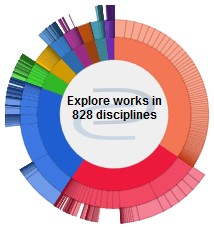Graduate Program
Family and Consumer Studies
Degree Name
Master of Science (MS)
Semester of Degree Completion
2012
Thesis Director
Carla Honselman
Thesis Committee Member
Linda Simpson
Thesis Committee Member
Karla Kennedy-Hagan
Abstract
The Food and Drug Administration (FDA) passed the Nutrition Labeling and Education Act (NLEA) that resulted in the appearance of the Nutrition Facts Panel (NFP) on all packaged foods in 1994. With rising rates of obesity in the country, the Panel was intended to serve as a nutrition tool to help consumers make informed food and nutrition choices. Previous research has discussed the application and use of the NFP related to consumers' demographic features, dietary outcomes, such as diet quality, and consumer behaviors, such as purchasing decisions.
The purpose of this study was to determine the use of NFP components in relationship to consumer demographics and categories of food. A total of 112 adult consumers completed a 24-question electronic survey. Data showed frequent use of NFP components among women, normal weight consumers, those with a chronic health condition, primary shoppers, and those who reported using the NFP frequently. The most frequently used components were calories, serving size, and total fat. The least frequently used components were the footnote,% Daily Value(% DV), and vitamins and minerals. More consumers used components for the food categories of snacks, grains, frozen prepared meals, desserts, dairy, nuts, condiments, and canned/jarred foods.
From this study, consumers used varying components and differing numbers of components for the categories of foods. Using this knowledge, it is important to update the NFP to promote increased understanding and effective use of the label.
Recommended Citation
Huth, Caitlin A., "Nutrition facts panel components: Utilization by consumers" (2012). Masters Theses. 1038.
https://thekeep.eiu.edu/theses/1038




